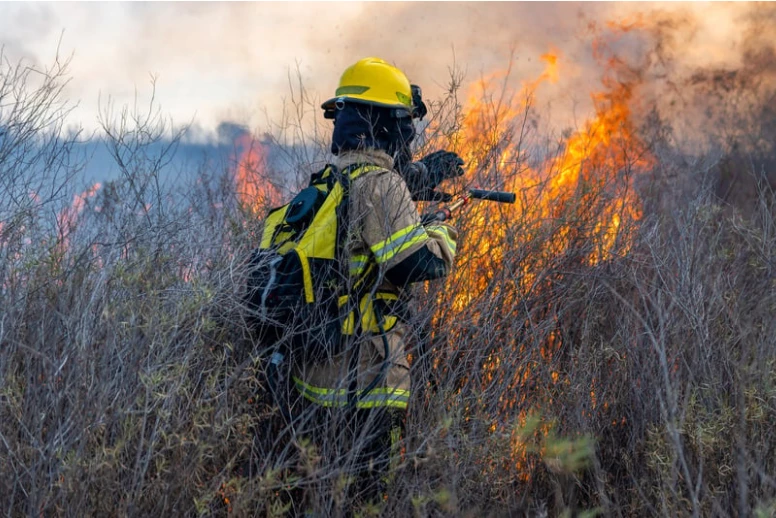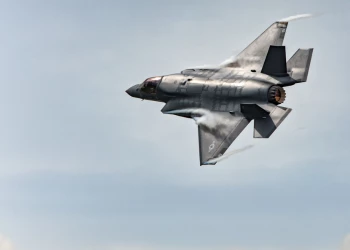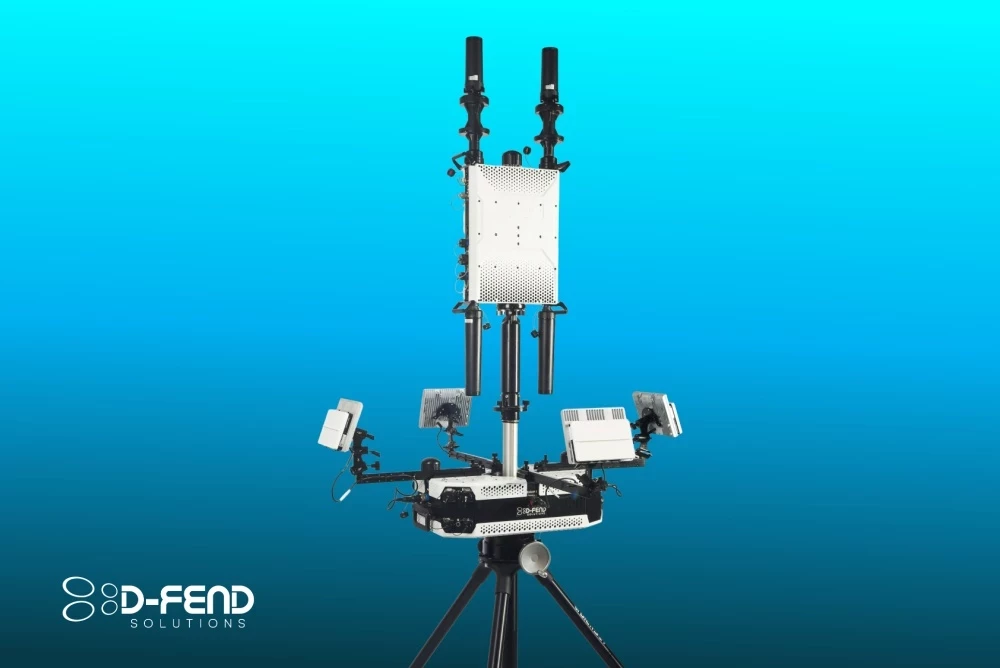How CBP is Establishing a Virtual Border
Add bookmark
We respect your privacy, by clicking "Download Your Copy" you agree to having your details passed onto the sponsor who may promote similar products and services related to your area of interest subject to their privacy policy. You have the right to object. In addition, you will receive our e-newsletter, including information on related online learning opportunities. For further information on how we process and monitor your personal data, and information about your privacy and opt-out rights, click here. Download PDF Attachment
Border security in the 21st century isn’t necessarily defined by physical barriers, but also the integration of modern technologies with skilled personnel and policies.
The Department of Homeland Security (DHS) U.S. Customs and Border Protection (CBP) uses Border Surveillance Systems (BSS) as a modern means to enhance border security and national security. BSS helps in monitoring the border, detecting illegal entries, and apprehending violators. It includes technologies like video surveillance, thermal imaging, radar, ground sensors, and radio frequency sensors. Since the mid-2000s CBP has been committed to developing a range of BSS to help protect the southern border.
This report will look at those systems, specifically the surveillance towers, that are playing a significant role in CBP’s efforts to create a “virtual wall."


























